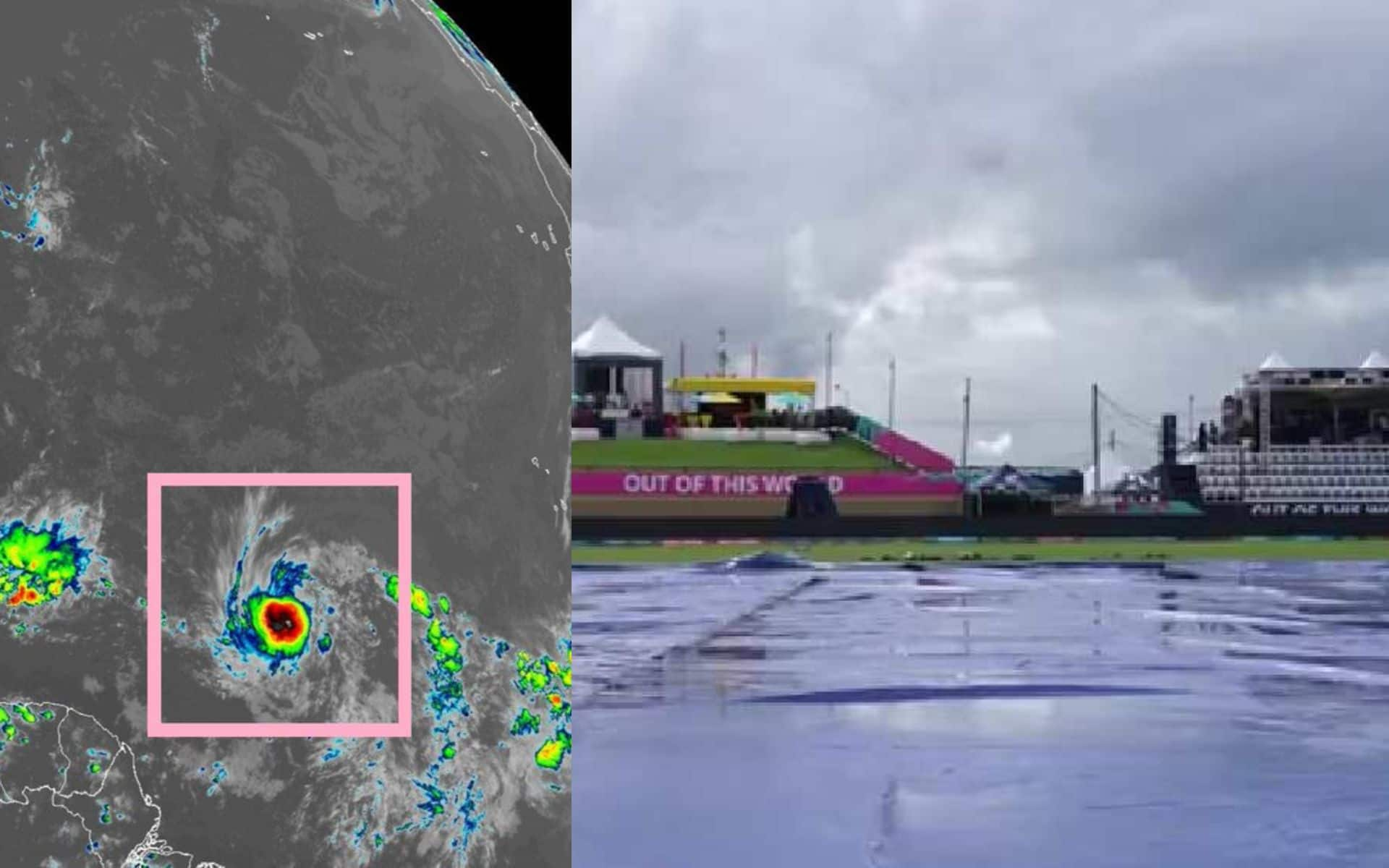Historical Hurricanes in Barbados
Barbados hurricane – Barbados has a history of being impacted by hurricanes, with varying frequencies and intensities. These storms have significantly impacted the island’s infrastructure, economy, and overall well-being.
Barbados hurricane di hot topic now, and people dem a watch di spaghetti models for Beryl to see where she might go. Spaghetti models for beryl show different possible paths, and it can help us prepare for the worst. So, keep an eye on dem models and stay safe during dis hurricane season.
The island’s geographical location in the Atlantic hurricane belt makes it susceptible to these storms, which typically form over warm ocean waters and gain strength as they move westward.
Major Hurricanes
Throughout history, several major hurricanes have struck Barbados, leaving lasting effects on the island.
Barbados recently faced the wrath of a powerful hurricane, leaving behind a trail of destruction. As we keep a watchful eye on future weather patterns, it’s essential to stay informed about potential threats. One valuable resource for tracking storm activity is the tropical storm beryl spaghetti models.
These models provide insights into the potential path and intensity of future storms, helping us prepare and stay safe. By staying updated on the latest forecasts and utilizing these models, we can better protect ourselves and our communities from the impact of hurricanes.
- Hurricane Janet (1955): A Category 4 hurricane that caused widespread damage and loss of life, with winds reaching up to 150 mph.
- Hurricane Allen (1980): A Category 5 hurricane that passed just south of Barbados, bringing heavy rainfall and strong winds that caused significant damage to infrastructure and agriculture.
- Hurricane Ivan (2004): A Category 3 hurricane that made landfall in Grenada and passed near Barbados, causing flooding, landslides, and damage to buildings.
- Hurricane Tomas (2010): A Category 1 hurricane that brought heavy rainfall and winds to Barbados, resulting in flooding and power outages.
These hurricanes have caused extensive damage to homes, businesses, and critical infrastructure, leading to economic losses and disruption of daily life.
Hurricane Preparedness and Response

The Government of Barbados has implemented several hurricane preparedness measures to mitigate the impact of these storms and protect the lives and property of its citizens.
The Barbados Meteorological Services (BMS) plays a crucial role in hurricane response by providing timely and accurate weather forecasts, warnings, and advisories. The BMS also conducts public education campaigns to raise awareness about hurricane preparedness and safety.
The Department of Emergency Management (DEM) is responsible for coordinating the government’s response to hurricanes. The DEM develops and implements emergency plans, conducts training exercises, and provides support to affected communities during and after hurricanes.
Best Practices for Hurricane Preparedness, Barbados hurricane
Residents and visitors should follow these best practices to prepare for hurricanes:
- Create an emergency plan that includes evacuation routes, shelter locations, and contact information for family members.
- Secure your home by boarding up windows and doors, and securing loose objects.
- Stock up on non-perishable food, water, and other essential supplies.
- Have a battery-powered radio and flashlights on hand.
- Stay informed about the latest weather forecasts and warnings.
- Follow the instructions of local authorities.
Climate Change and Hurricane Risks: Barbados Hurricane

Climate change is predicted to significantly influence the frequency and intensity of hurricanes in Barbados. As global temperatures rise, the ocean’s temperature also increases, providing more energy for hurricanes to form and intensify.
Scientific evidence suggests a correlation between climate change and increased hurricane activity. Studies have shown that warmer ocean temperatures lead to more frequent and intense hurricanes, particularly in the Atlantic basin where Barbados is located.
Mitigating Risks
To mitigate the risks associated with climate change-induced hurricanes, Barbados has implemented several measures:
- Improved early warning systems: Timely alerts and evacuations can significantly reduce casualties and property damage.
- Strengthened building codes: Buildings constructed to withstand higher wind speeds can minimize structural damage.
- Mangrove restoration: Mangroves act as natural buffers, reducing coastal erosion and storm surge.
- Public education and awareness: Educating the public about hurricane risks and preparedness measures promotes community resilience.